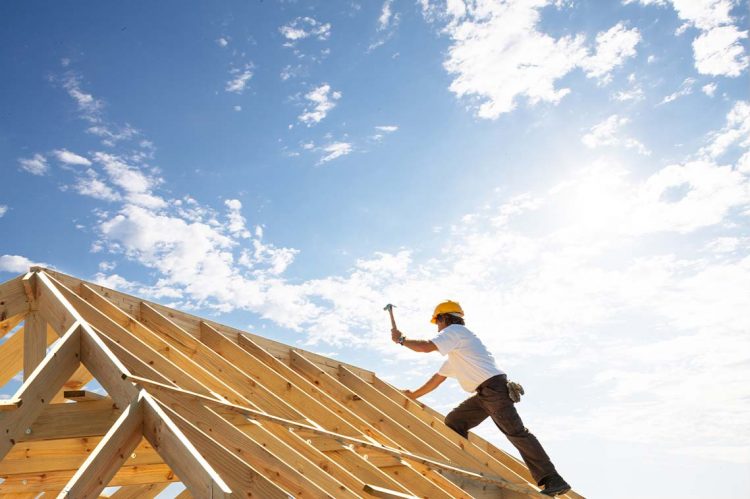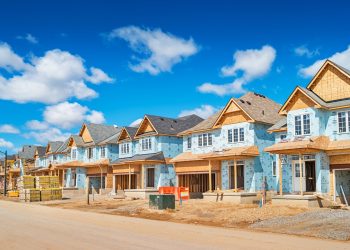In the wake of the COVID-19 pandemic, strong housing demand has provided builders with plenty of opportunities to begin construction on new homes, but labor shortages and global supply chain issues have made completing many construction projects difficult.
3 Tips for Staging a Smaller Home
Maximize every square foot of a home and help buyers see the potential of a small space with these staging recommendations. Read more.
https://www.rismedia.com/2025/04/10/3-tips-for-staging-smaller-home/
Business Tip of the Day provided by
Categories
The Most Important Real Estate News & Events
Click below to receive the latest real estate news and events directly to your inbox.
By signing up, you agree to our TOS and Privacy Policy.













